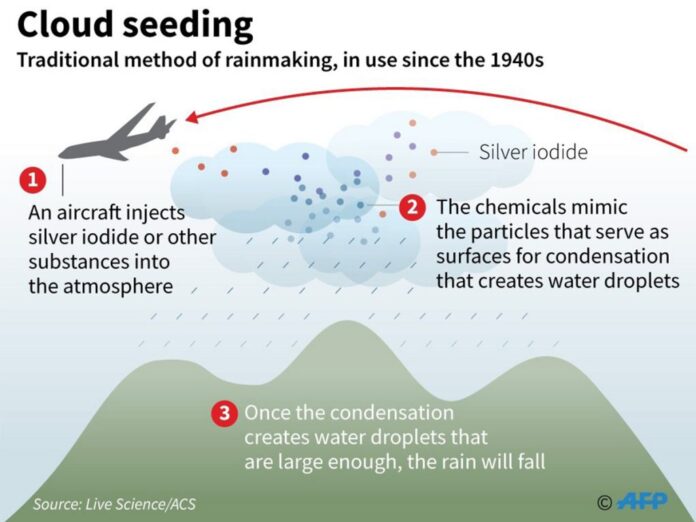The development of new techniques also raises countless questions about their efficacy and drawbacks. Cloud seeding is not an exception!
Cloud seeding is a weather modification technique that has the potential to induce rain or snowfall by the precipitation method. Even the research conducted in Tasmania from 1960–2005 confirmed that more rainfall took place in regions where cloud seeding is performed.
Read more: Cloud Seeding: A Close Look at Its Procedure and Methods
Advantages of Cloud Seeding
Here are some advantages of cloud seeding that prove the fact: why has cloud seeding been used around the world for decades?
1. Snowpack Enhancement
environment stores water in the form of snow. Thus, when needed, snow will melt down and fill the streams and lakes with water.
But what will happen if there is less snowfall than is required?
At this moment, cloud seeding acts as a savior, precipitation in clouds by seeding agents leads to snowfall. In the end, snow means never-ending water for irrigation, hydropower generation, and municipal use in dry seasons.
2. Agriculture Benefits
Round the year, tons of crops are destroyed by drought, especially in countries like Africa, Asia, and Australia, where crops are fed with rainwater. In these countries, cloud seeding offers a potential solution for increasing agricultural productivity and safeguarding food security.
Along with that, cloud seeding ensures farmers’ crop resilience even if droughts occur. It helps them to live a more confident and carefree life.
3. Regulation Of Fog And Hailstorms
Have your flights been delayed because of a foggy climate at the airport?
If yes, then cloud seeding is there to alleviate this problem. At airports, cloud-seeding-induced rain helps them clear out the runaways and have flights without any delay, even in harsh weather conditions.
Also in regions where heavy hailstorms are predicted. Cloud seeding can disrupt its formation or reduce its size, thereby minimizing damage to crops, vehicles, and property.
4. Pollution Mitigation
Suffocating environments, constant coughing and wheezing, irrational eyesight, and respiratory problems have all become common these days, courtesy of industrialization.
Because of the above reasons, scientists are now employing cloud seeding in pollution management. Rainfall helps to clear out the environment from pollutants and dust particles. Thereby ensuring a clear and healthy environment for people living in both rural and urban areas.
5. Wildfire Suppression
A fire in wildlife is an endless disaster because of its abrupt transfer from one place to another. The lives of animals and the greenery of the forest—everything is at stake. Because it is not a common fire that can be ceased with the help of fire extinguisher equipment.
Only rainfall, whether natural or artificial (cloud seeding), is powerful enough to control this havoc. Thus, cloud seeding is capable enough to reverse the natural calamity.
6. Tourism And Recreation
Every country has a season defined for tourism. Some countries have breath-taking scenery in the rainy season, while skiing in the winter is the specialty of others.
But all good things last for a shorter period of time.
Cloud seeding help the country to extend its favourite season to promote tourism. Like snowfall induced by cloud seeding will prolong the skiing period in many countries. Thus tourism-dependent community can boost up their profit through cloud seeding.
7. Scientific Research
Cloud seeding helps the scientist to analyze cloud physics, meteorology and atmospheric processes at greater ease. Formation of clouds, precipitation phenomena and interaction between cloud, climate and aerosols can be studied by cloud seeding.
Conclusion
Though cloud seeding offer a range of potential advantage like natural calamity management, drought alleviation and environmental modification but further research and monitoring are necessary to fully assess its effectiveness, environmental impacts, and cost-benefit considerations. Still, cloud seeding remains a promising tool for addressing pressing challenges related to water scarcity, extreme weather events, and climate variability.
Read more: Exploring the Vegetarian World: Why Do People Choose It?


